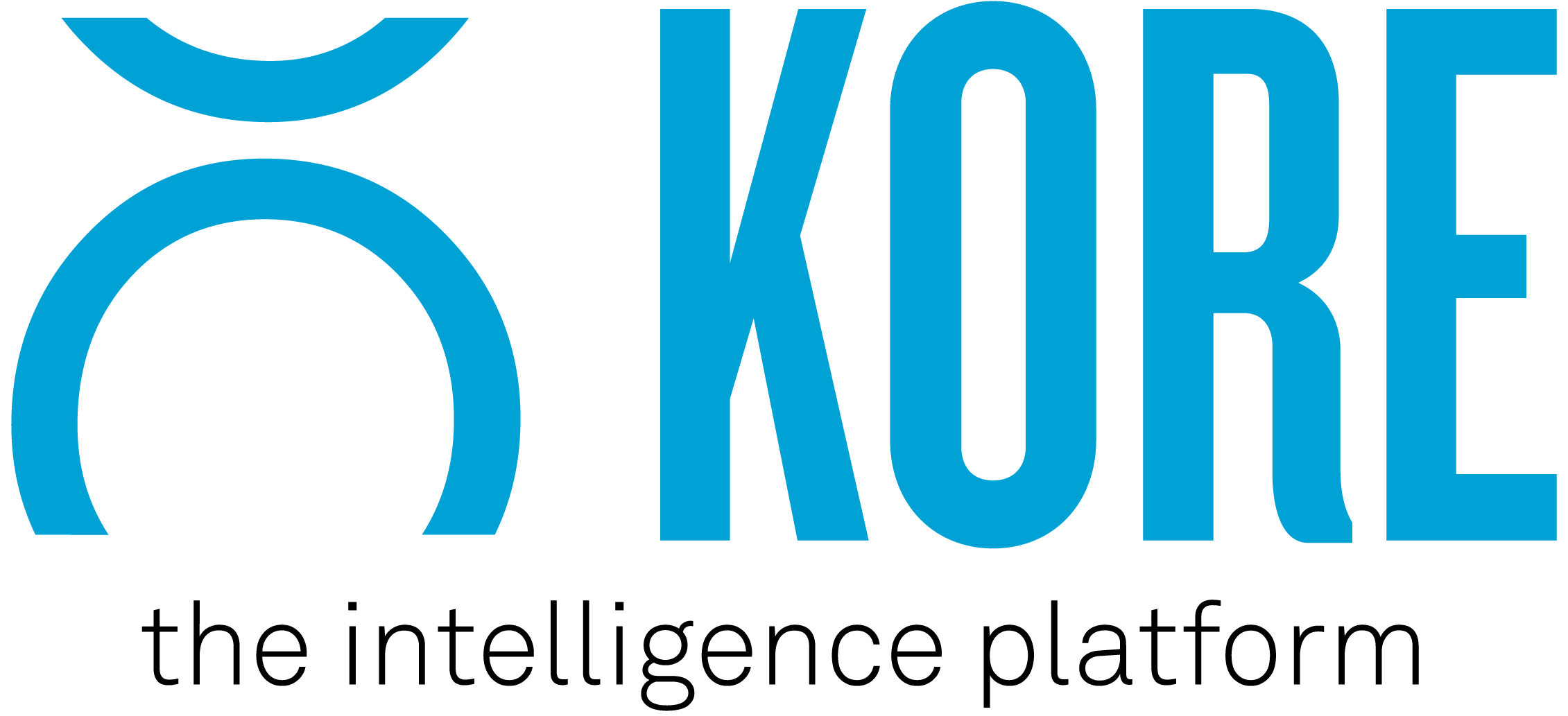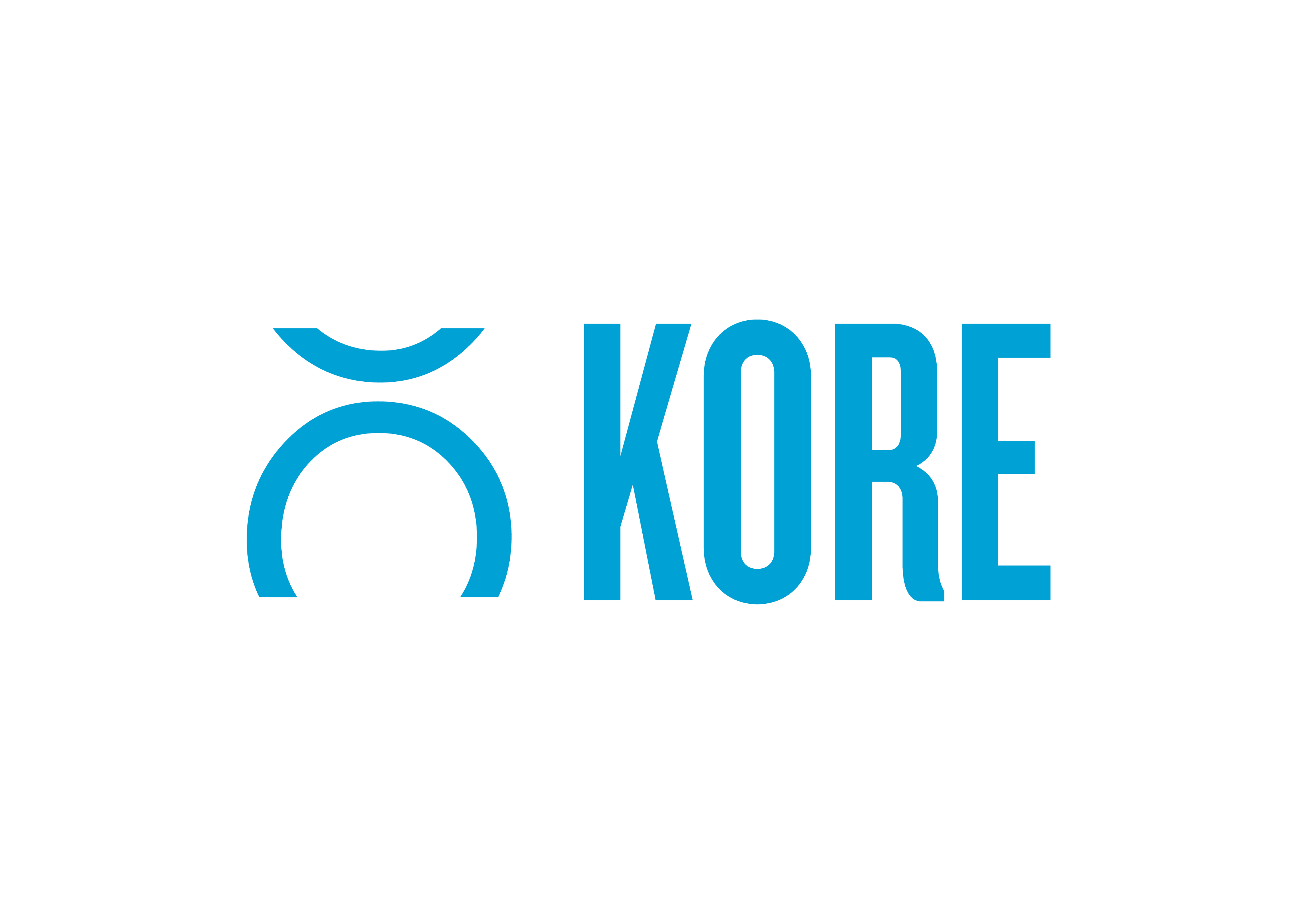We have had some fairly significant shifts in the way we manage sponsorship, operationally speaking.
We have had to answer progress and performance-related questions like never before. We have had to value deals like never before. And we’ve had to bring them to life like never before.
The mentality of ‘That’s how we’ve always done it’ just does not cut it anymore.
As a result, there has been some brilliant ideas and ways of getting things done. That is why I want to share three quick things that, whilst they may appear straight forward and a no-brainer, can save a lot of time and resources for everyone involved in the sponsorship.
1. Milestone Payments
We often talk about ‘Content is King, but CFOs will argue that, and particularly of late, that ‘Cash is King’, and any actions taken to protect and grow cash is of high importance.
This one is absolutely more brand focused, however, instead of paying fees upfront or through a generic payment schedule, milestone payments can somewhat breathe life into how we pay for sponsorship deals and, at the same time, appease the finance department.
In theory, milestone payments are indeed agreed instalments of the term’s sponsorship fee. They have, however, certain criteria attached to them to trigger payment. For example, criteria could be the delivery of specific assets or specific objectives being met.
For me, this not only speaks to the need for CFOs to de-risk sponsorship payments, whilst keeping an eye on cash-in-bank, but also allows marketing and sponsorship teams to ensure their deal is achieving what it set out to achieve.
If there are linked to objectives, and KPIs, it also provides milestones for the teams to engage with each other, on a formal basis, and have discussions about progress. This is opposed to a whole year running by without anyone really discussing the performance because everyone is too busy fulfilling the deliverables and getting on with it all. It gives gates for the teams to pass through and have discussions about what might need to be adjusted.
This will go a long way to avoiding the dreaded line, “This just doesn’t feel like it is working for us anymore”. No one wants that.
If we want to get super nerdy, we could even apply a base milestone payment with added incentives if certain outcomes are achieved.
Its important here, however, that any criteria outlined is mutually agreed; we’re not talking about being ridiculous and it being one sided. Remember, it is a partnership first and foremost.
2. Sponsor Manual
Do not worry, it’s not a big document.
Typically, we have seen this as a two-pager and brought to life by golf, tennis, and other major events. It is, however, effectively a high-level summary of the contracted assets, asset specs, agreed objectives, key dates, and appropriate contacts for different areas of the business.
With the sheer havoc COVID-19 has caused, with many being furloughed, let go, or placed on reduced hours, information sharing has become a very tenuis task and it presents an obvious fail point for what is an important agreement.
Having a central document, with all high-level details, is a quick hack if other people either need to be across those details or perhaps take them on as part of their role.
3. Tagging Assets
Whether it is in Excel, through KORE’s KONNECT module, or something else, tagging assets is a game changer.
It might sound like a lot of work but being able to quickly see asset-related information can help make the most informed decision about sponsorship delivery, financial forecasting, or even understanding what is event or campaign-related as opposed to one-offs.
The best, and most efficient, tags I have seen in the past months are:
- Campaign-related: Which of our contracted assets can or are we using to deliver this campaign?
- COVID-19 Impacted: What assets could we not deliver as a direct result of COVID-19? This helps tell the wider story of what impact the pandemic has had on the business (think about hard costs and values of assets here as well).
- Deferred: What needs to be pushed into next year or later in the deal?
- Swapped: What assets were swapped in and or out this year?
Even though, when executed well, sponsorships are essential to a brand’s marketing success, sponsorships are still under a lot of pressure right now. On the brand side, all spending is being scrutinised heavily and, if a sponsorship is maintained, the performance is being scrutinised more regularly and more closely.
As such, rights holders need to be tweaking their approaches to ensure they are doing everything they can to help their counterparts on the brand side to ensure they are well armed to communicate the position and success of the sponsorships.
As I said at the start, the mentality of ‘That’s how we’ve always done it’ just does not cut it anymore.
If you are not already executing the three things above then, if you do, interestingly, you will notice how they do not simply offer you benefits in their own silo. For example, milestone payments bring around focused conversations more often, which can be had around the sponsor manual, and the tagged assets can take centre stage as everyone discusses how best to execute the sponsorship for maximum results in an ever-changing environment.
Following on from that, as a rights holder, if you get these aspects right, as well as everything else, when rights holder’s budgets are being discussed, and multiple sponsorships are being considered, you’ll be remembered as a rights holder who made the brand team’s job easier and was committed to success and that will more than likely set you apart and help ensure renewal.
KORE is the global leader in engagement marketing solutions, serving more than 200 professional teams and 850+ sports and entertainment properties worldwide, providing practical tools and services to harness customer data, facilitate sponsorship sales and activation, and create actionable insights.



